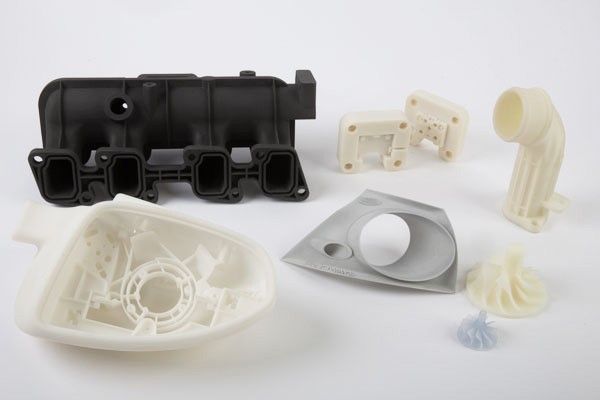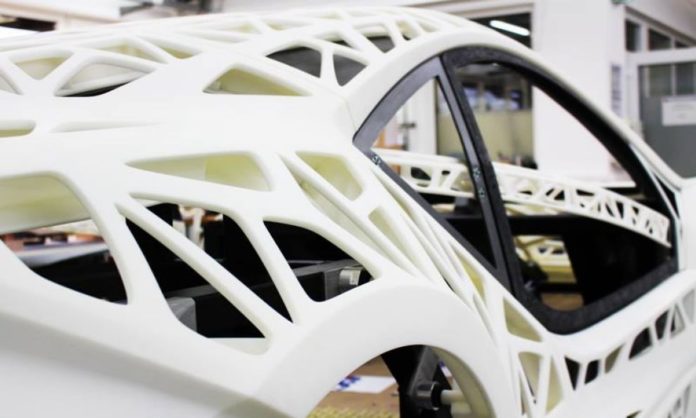A Step into the Future of Vehicle Assembly
Cars are quite beneficial in the world of transit, and one of the essential aspects of automotive manufacturing is improving efficiency. Quick turnarounds are also increasingly important, especially in the production of low-volume parts and new concepts in automotive assembly.
Today, automotive prototype parts offer a tangible form to new designs. They are available for various purposes, including ergonomic design, aesthetics, durability tests, function, and safety.
Automotive prototyping offers a way automakers can validate the design of new parts, features, and innovations before committing to their manufacturer. Simply put, prototyping is essential to auto companies both in terms of safety and commercial success.
What is Prototyping?
Prototyping in design and manufacturing produces a primitive form of an original product, tool, or component. These prototypes are typically developed to test out a design in real-world conditions. There are five different types of prototypes in design and manufacturing:
- Visual prototype: This kind of prototype represents the product appearance without the functionality aspect.
- Proof of principle prototype: This prototype represents the original product with a few functional aspects but not all.
- Working prototype: This prototype is representative of 90% or all the functional characteristics of the original.
- User experience prototype: It is a close match of both the functionality and appearance of the final product to be used for consumer research.
- Functional prototype: It accurately captures both the appearance and functionality of the original but can still be produced on a different scale to the final part or product.

Rapid Prototyping in the Auto Industry
There is a growing need for safe, intelligent cars, which has led to scene mapping. To increase safety on the road, automakers wanted to review accidents to analyze scene data. Scene mapping paved the way for rapid prototyping, which’s been around for some time, and replaces conventional modeling in the final stage of auto production.
The early stages of the design process in production have been significantly impacted by 3D modeling, and innovative ideas can quickly be put into production through rapid prototyping. Auto manufacturers need precision-crafted car parts that meet the industry safety standards. Parts produced using a rapid prototyping machine meet the required specification with zero error margins.
When using rapid prototyping, manufacturers enjoy a fast and efficient assembly line. Flexibility of the designs is easy since they can change from one style to the next. All this can be achieved without production interruption or compromising on quality or consistency.
Why is Prototyping in the Automotive Industry Important?
In the manufacturing world, the automotive industry is the largest globally, with many companies competing for the top spot. Therefore, auto consumers have a wide selection for buying cars, forcing automakers to develop innovative ways to shoot up sales.
BMW has been using 3D printed parts for a while now, with initial adoption on the Mini and i8 Roadster models. The German giant unveiled a €10 million investment on a new additive manufacturing campus in oberschleissheim, the north of Munich.
Without prototyping, automakers would be forced to commit to the actual production of new parts before testing safety and efficiency. That would mean producing a part or product that is dangerous or inefficient, leading to stalled or canceled production runs, that in effect, takes a toll on costs.
Additionally, given the competitive nature of today’s auto industry, automotive prototyping is essential for consumer research. The automaker can use the prototype parts or models to potential focus groups or consumers to ensure the final product is of the best quality and meets their needs 100%, improving the likelihood of success when finally launched into the market.
Lately, several companies are adopting this trend, including the recent announcement by Ford Motors on their new fleet of Electric vehicles. The 2023 Ford F-150 Lightning is set to come back as an EV pick-up truck, and spy shots of its prototype have been spotted in its testing phase. The automaker also released a teaser showcasing the prototype’s agility and power in anticipation of the debut. The new EV and its batteries will be developed in its
Rouge, Dearborn, Michigan Plant that has had a record of printing well over 500,000 parts saving the auto manufacturer billions of dollars and millions of work hours.
Automotive Prototypes
Automotive prototypes are essential for automakers since they can quickly evaluate new products or parts’ behavior. After the testing phase, the prototype can go into production. The following are automotive prototypes methods:
CNC Machining
CNC machining is a manufacturing process where a pre-programed computer software dictates the movement of factory machinery and tools to shape and mold products. This automated milling device works by fabricating parts with high precision without using human assistance. When a CNC system is activated, the desired cuts are input into the software. The system then dictates to the corresponding machinery and tools, carrying out the dimensional tasks as specified—like a robot.

CNC Automotive Lighting
It is the milling out of an acrylic block that is a fully functional block for prototype testing in user conditions. It is a concept of production that is essential when it comes to design clarity. It works using G and M-codes for production.
CNC Dashboard
It is a large prototype model that is typically split and glued, confirming how components fit together while at the same time also ensuring proper airflow from the dashboard.
3D Printing
It is the process of making three-dimensional solid objects derived from a digital file. The method uses a 3D printer to make a prototype for a product or component development, assessment of design, and verification. General Motors Company claims to be one of the first companies to acquire and use 3D printers during assembly operating more than 50 rapid prototyping machines that have produced more than 250,000 car parts in the last decade.
Rapid Tooling
Rapid tooling technology allows for quicker production of assembly parts. It generally involves the combination of techniques for rapid prototyping with conventional tooling to make molds faster. Perhaps the main reason Rapid tooling is used is to test parts during the prototyping stage of product development.
Concluding Thoughts
Automotive prototyping is indeed the future of vehicle assembly. It is essential for automakers looking for the best quality final product, with safety standards and zero errors. It is also a crucial piece in the development of final phase automotive parts. Apart from streamlining the production of vehicle assembly, they significantly reduce the cost and time of production while at the same time improving the quality of the final product.




